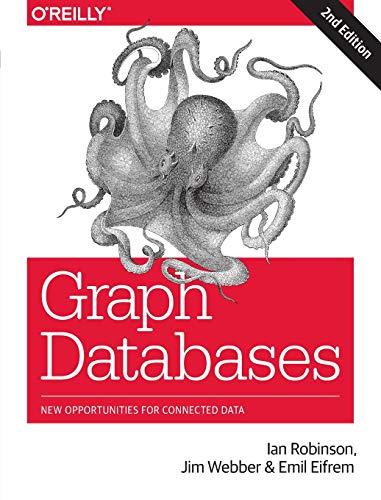
Step-by-Step
Part3: Offline traffic monitoring In this part will use a PCAP file to examine the network traffic (offline traffic monitoring) using three IDS tools - Snort - Suricata - Zeek The PCAP file with the name part3.pcap (attached with the project files) containing a captured network traffic for some company having a web site and 256 addresses in the range (192.168.6.0 - 192.168.6.255). The IP address for the network gateway (edge router) is (192.168.6.1). The captured network traffic is for some period of time when an attacker started to perform intrusion against the company network. The suspicious address is 192.168.5.55, which conducted a multi-stage attack starting with reconnaissance. A kill chain representing multi-stage attack is a systematic process to target and engage an attacker to perform the desired attack. The following steps are the typical stages followed by any professional attacker. 1. Reconnaissance - Research, identification and selection of targets, often represented as crawling Internet websites such as conference proceedings and mailing lists for email addresses, social relationships, or information on specific technologies. 2. Weaponization - Coupling a remote access trojan with an exploit into a deliverable payload, typically by means of an automated tool (weaponizer). Increasingly, client application data files such as Adobe Portable Document Format (PDF) or Microsoft Office documents serve as the weaponized deliverable. 3. Delivery - Transmission of the weapon to the targeted environment. The three most prevalent delivery vectors for weaponized payloads by APT actors, as observed by the Lockheed Martin Computer Incident Response Team (LM-CIRT) for the years 2004-2010, are email attachments, websites, and USB removable media. 4. Exploitation - After the weapon is delivered to victim host, exploitation triggers intruders' code. Most often, exploitation targets an application or operating system vulnerability, but it could also more simply exploit the users themselves or leverage an operating system feature that auto-executes code. 5. Installation - Installation of a remote access trojan or backdoor on the victim system allows the adversary to maintain persistence inside the environment. 6. Command and Control (C2) - Typically, compromised hosts must beacon outbound to an Internet controller server to establish a C2 channel. APT malware especially requires manual interaction rather than conduct activity automatically. Once the C2 channel establishes, intruders have "hands on the keyboard" access inside the target environment. 7. Actions on Objectives - Only now, after progressing through the first six phases, can intruders take actions to achieve their original objectives. Typically, this objective is data exfiltration which involves collecting, encrypting and extracting information from the victim environment; violations of data integrity or availability are potential objectives as well. Alternatively, the intruders may only desire access to the initial victim box for use as a hop point to compromise additional systems and move laterally inside the network. You are required to use the PCAP file to reconstruct the intrusion scenario with a description of every activity conducted by the attacker. You should show the related traffic (packets and times) to each step








